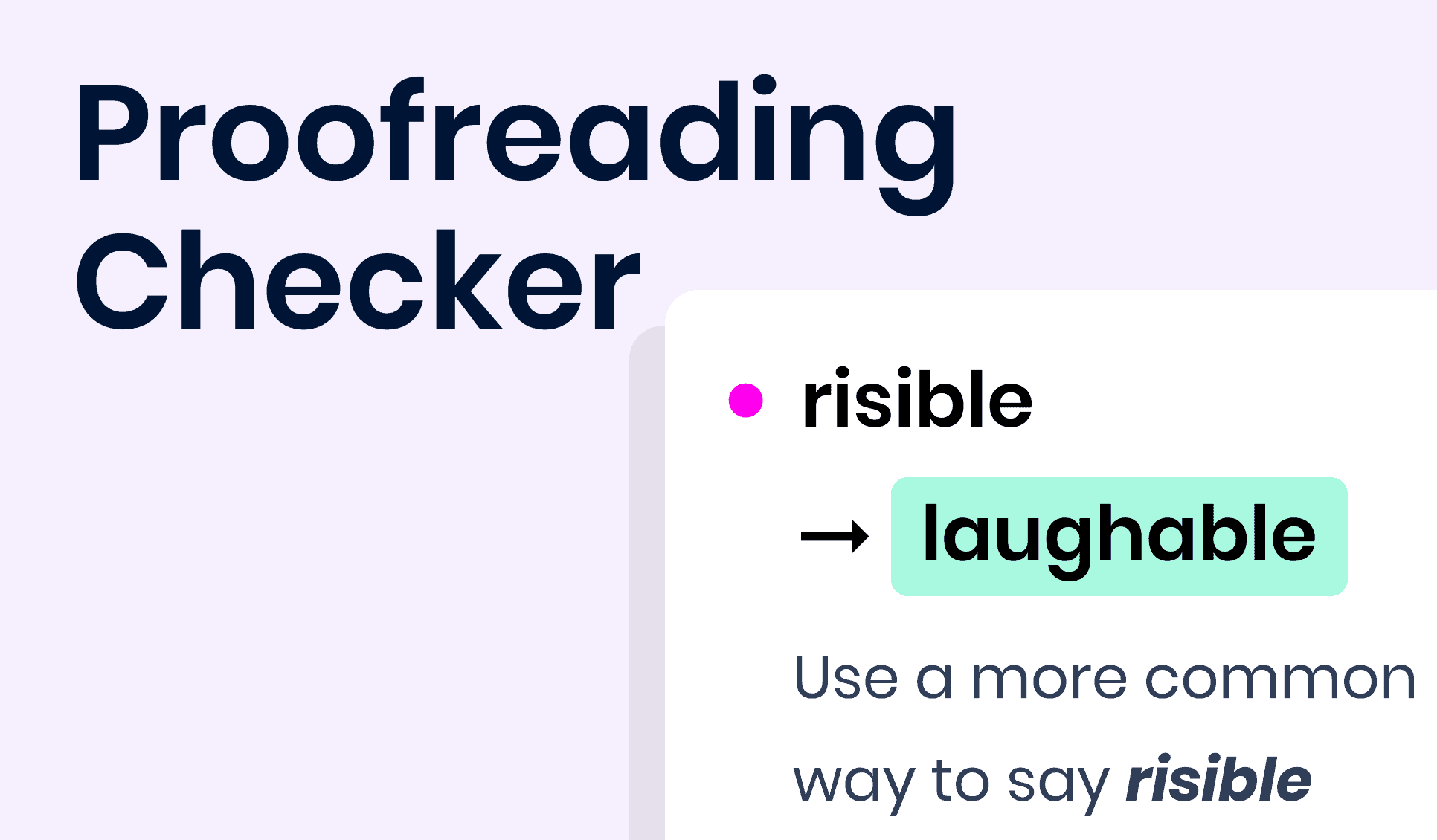

After the table, I’ll talk about the pros and cons of these plus 7 additional proofreading tools. In this table are the 4 leading proofreading softwares (because they’re the best). For blogs, emails, memos, social media posts, and shorter projects, Grammarly is a robust proofreading tool - even the free version.īottom line: These proofreading tools work better than the native spell checkers in word processors like MS Word.
ONLINE PROOFREADING SOFTWARE SOFTWARE
The best proofreading software to use for writing novels is a combination of ProWritingAid and Hemingway, which check different things. Best Proofreading Software to Use for Writing Poor proofreading may lead to embarrassment, miscommunication, and even fewer job opportunities. Proper spelling and grammar give off a professional air and ensure your reader understands you. This may be in an essay, a novel, a manual, a website, or any other medium. Proofreading in writing means making sure that your spelling and grammar are correct. Links in this article may give me a small commission if you use them to purchase any proofreading software.

I’ll also tell you if proofreading software can replace a human editor.

So I decided to do my homework and write recommendations of my own. Poking around the internet, I noticed that most online reviews of these tools are woefully outdated. They help you work faster and write better.īuilt-in spell checkers can catch some mistakes, but they’re nothing compared to modern alternatives, such as Grammarly, Ginger, ProWritingAid, and Hemingway. Proofreading tools give you an edge over your competition. To see which one works best for your unique situation, I’ve compiled a list of pros and cons for 10 different proofreading softwares. However, each proofreading tool has its own pros and cons. As a prolific author and online content writer, I’ve found the best proofreading software is a toss-up between Grammarly’s free version or ProWritingAid’s premium version.


 0 kommentar(er)
0 kommentar(er)
